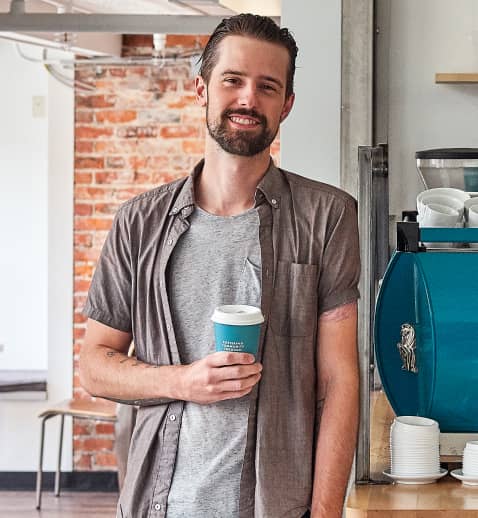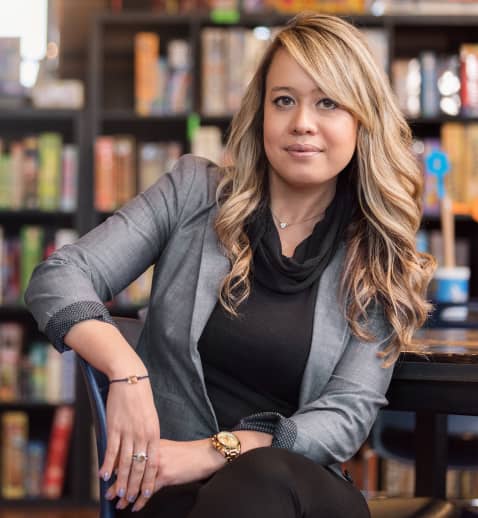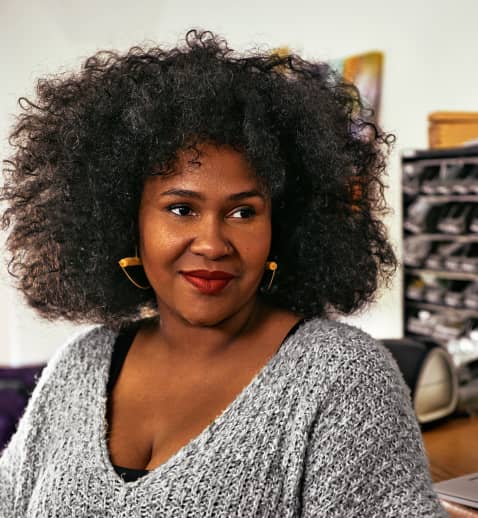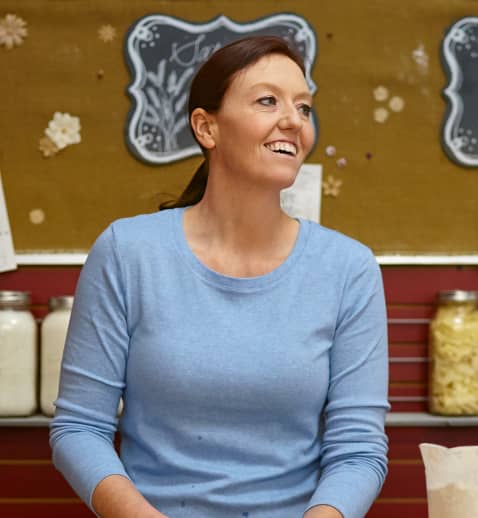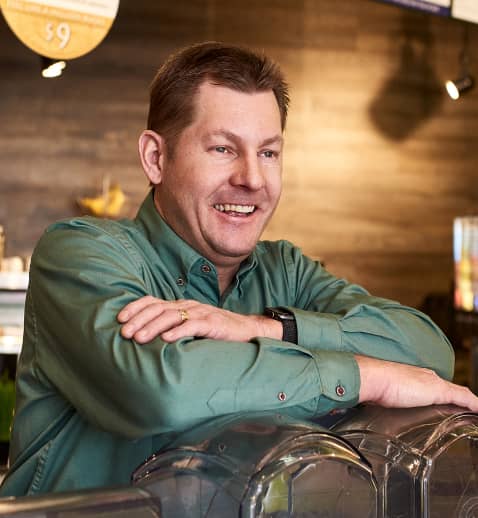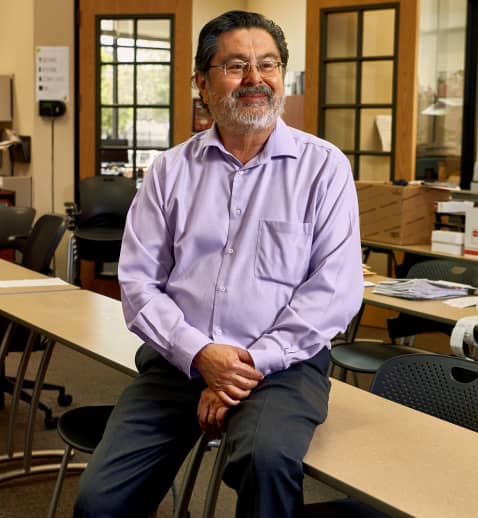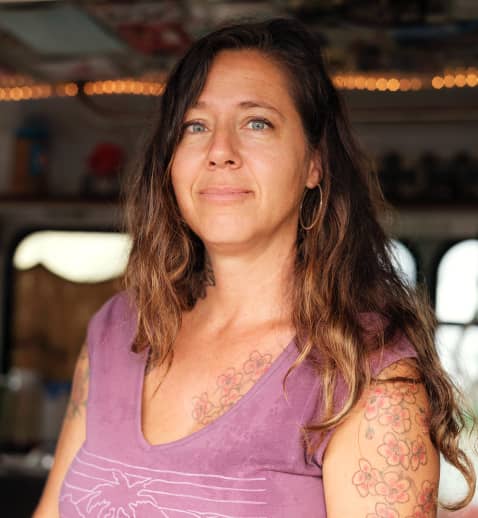Making Change
Chapter 1: Payments, Perspectives, and Politics
This is an installment of Making Change, an ongoing series of reports based on Square data (May 2019).
Business owners and consumers across America are caught in a fast-changing payments landscape that’s evolved well beyond the traditional lens of cash versus card. Depending on where you live, the concept of “cashless” is either a heated debate, the wave of the future, or a term you’ve never heard of. New Square data shows American consumers have grown less reliant on cash in the last four years, and the trend is spreading from coastal coffee shops to rural restaurants.
But according to business owners across the country, it seems unlikely we’re casting cash aside anytime soon. In this report, we share Square data on the current state of payments, new research into business owners’ sentiment toward going cashless, and divided opinions on whether government should regulate the register.
- TABLE OF CONTENTS
- Payments
- Perspectives
- Politics
- Conclusion
Is the “Cashless Society” All Hype?
We looked at millions of Square transactions across the U.S. to find out.
The following insights are based on Square transaction data from 2015 to 2019. While only 10% of Square sellers across the U.S. are cashless (accepting only card payments and not cash), Square transaction data shows a significant decrease in consumers paying with cash over the last four years.
In 2015, consumers paid with cash for 46% of transactions under $20. In 2019, consumers paid with cash for only 37% of transactions under $20, a 9 percentage point decrease in cash usage over the past four years.
The new norm:
Plastic over Paper
Consumers are using cards for increasingly smaller purchases, with the dollar value of when consumers prefer paying with a card to cash dropping dramatically since 2015.
Price Change
Square transaction data reveals that half of consumers used their card for an $8 transaction in 2015. Four years later the transaction size has dropped dramatically, with half of consumers using their card for a $4.50 purchase in 2019.
Professor Shelle Santana
We partnered with Shelle Santana, Assistant Professor of Business Administration at Harvard Business School, who brings her years of expertise in consumer spending, to contextualize the data. You’ll find “Ask the Professor” icons throughout the site. Click to hear directly from Professor Santana for deeper analysis of the findings.
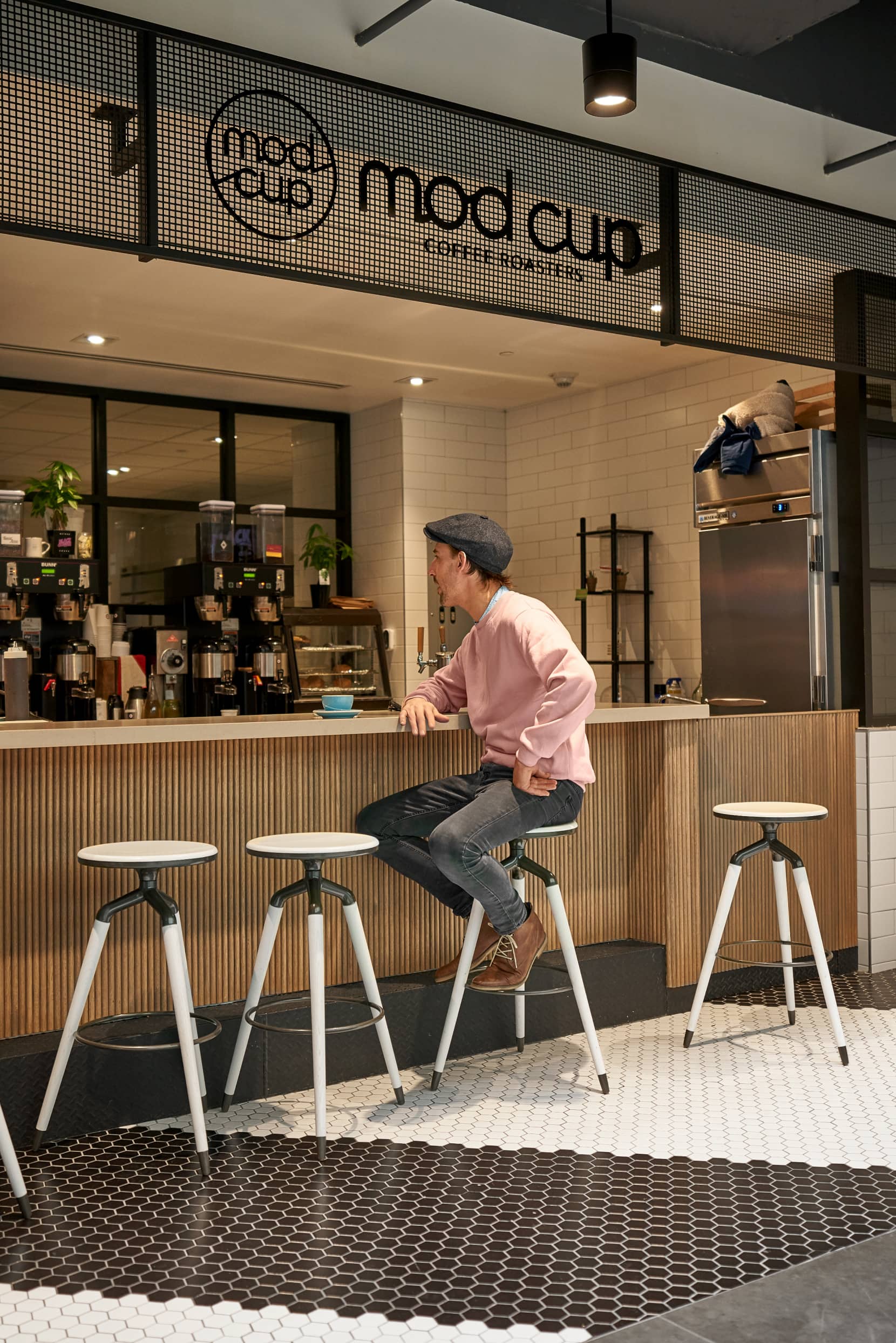
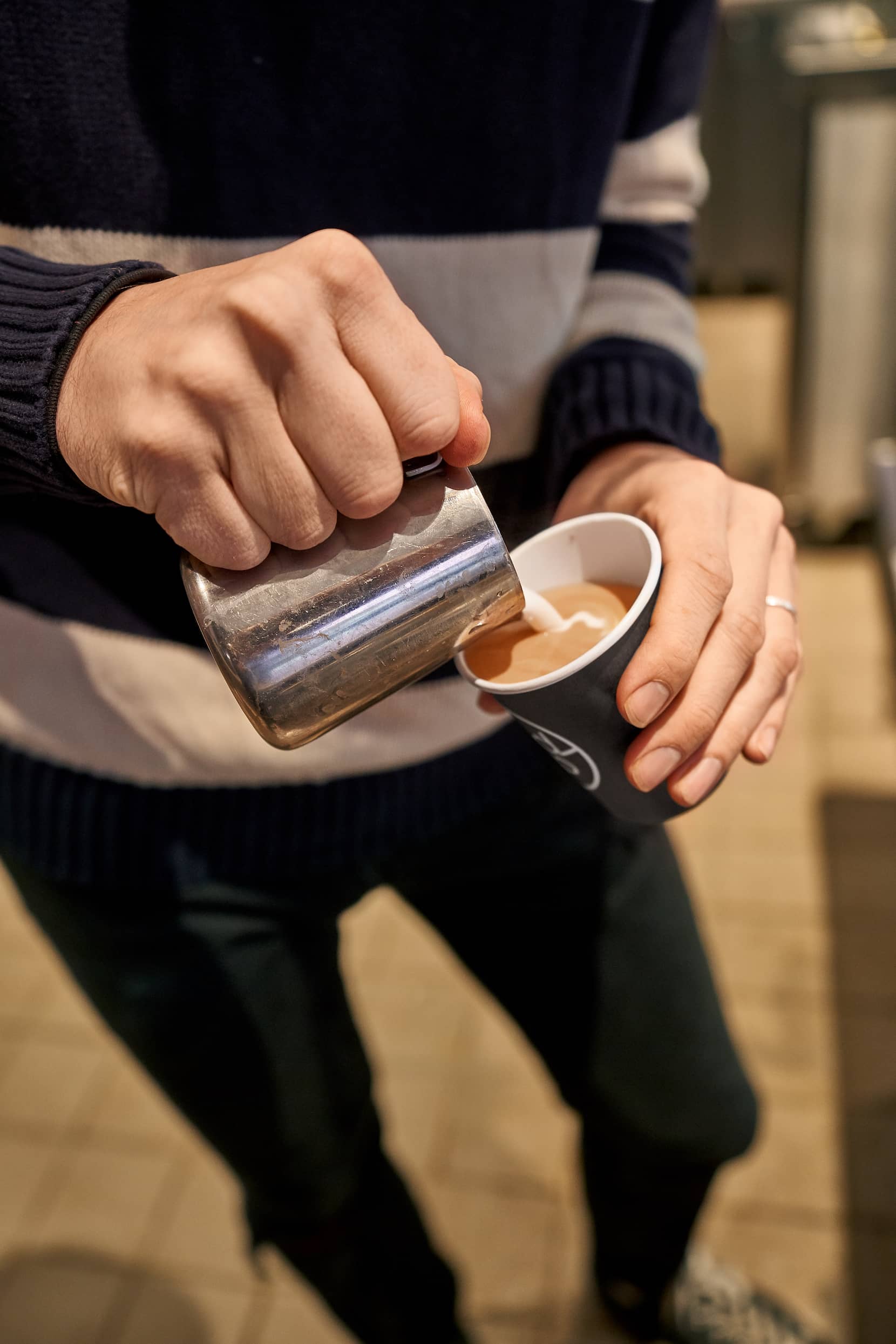
After noticing 80% of his transactions were made with a card, Travas Clifton, owner of ModCup Coffee Co. in Jersey City, NJ, decided to shift his business to cashless. But New Jersey’s cashless ban in April has forced him to start accepting cash.
Cash vs. Card
The biggest shift in behavior, where consumers now reach for their cards more and more, is happening with transactions between $10 and $20. In the past four years, we've seen a nearly 10 percentage point increase in credit card usage for transactions within that range.
Credit Converts
Move the slider below from 2015 to 2019 to see how the breakdown of cash vs. card changed for each transaction size.
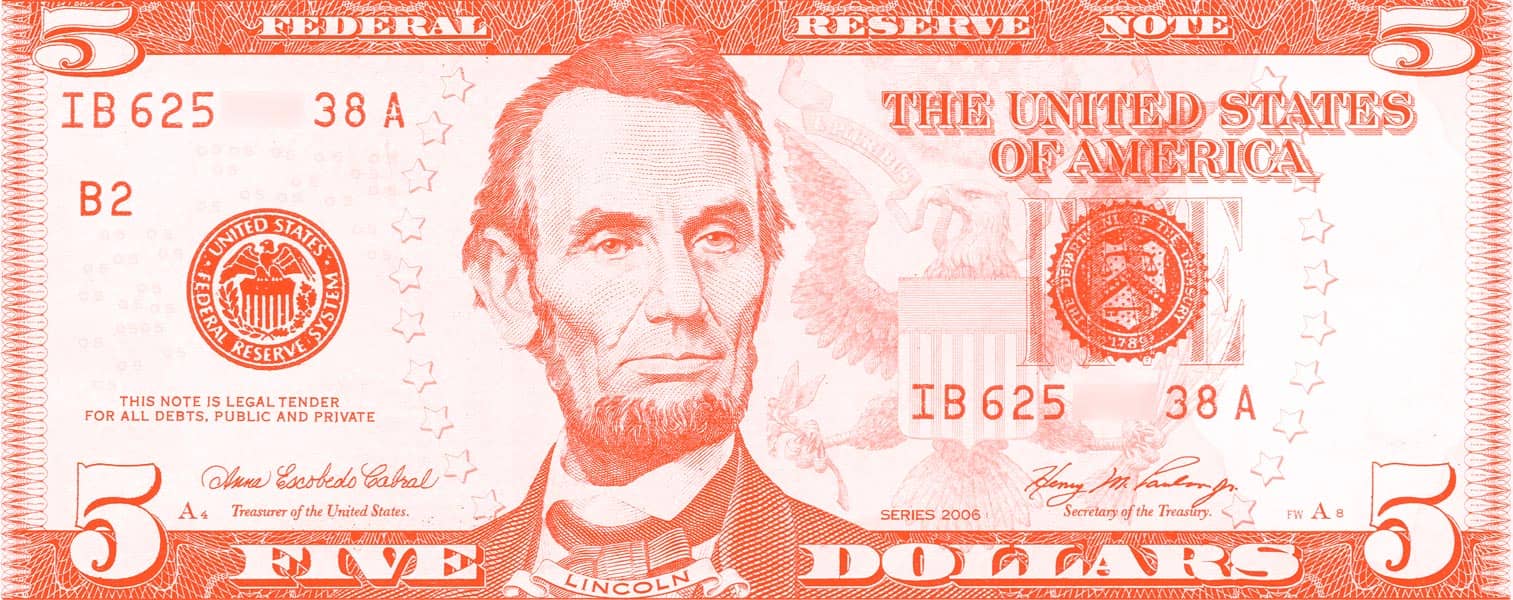
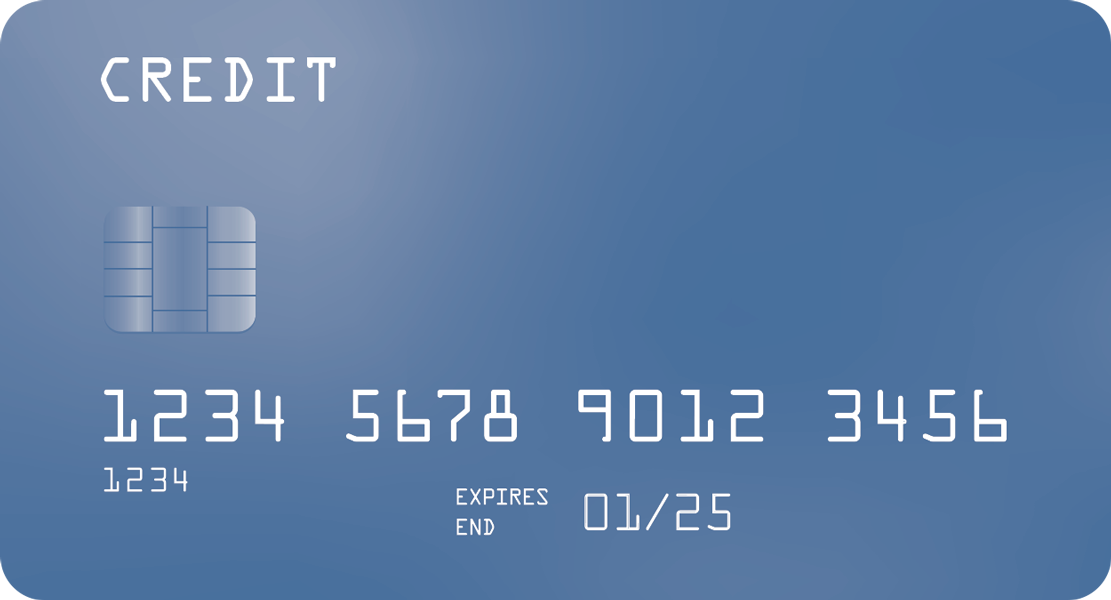
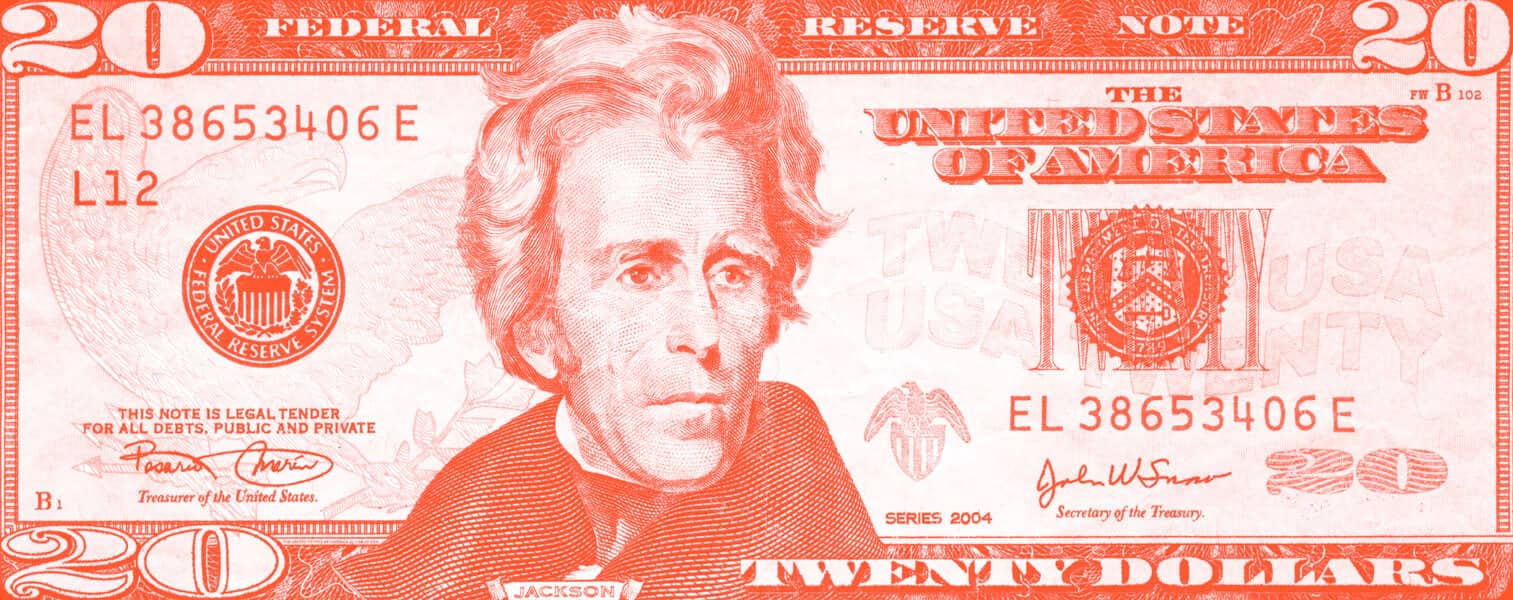



Cashless Is No Longer Just an Urban Trend
Gone are the days when mobile wallets and cashless businesses only appeared in urban, coastal environments. The payments trend that started in tech-friendly cities has slowly made its way to suburbs and rural areas across the U.S..
Small Cities, Big Change
Outside the top 25 metropolitan markets:
In the last four years, the transaction amount at which consumers used their cards to cash dropped from $8 to $5.50.
Within the top 25 metropolitan markets:
The decline isn’t quite as steep; the transaction amount at which consumers used their cards only dropped from $5 to $4 over those four years.
Payments behavior in smaller cities is shifting toward a preference for cards, a trend that first originated in major metro markets.
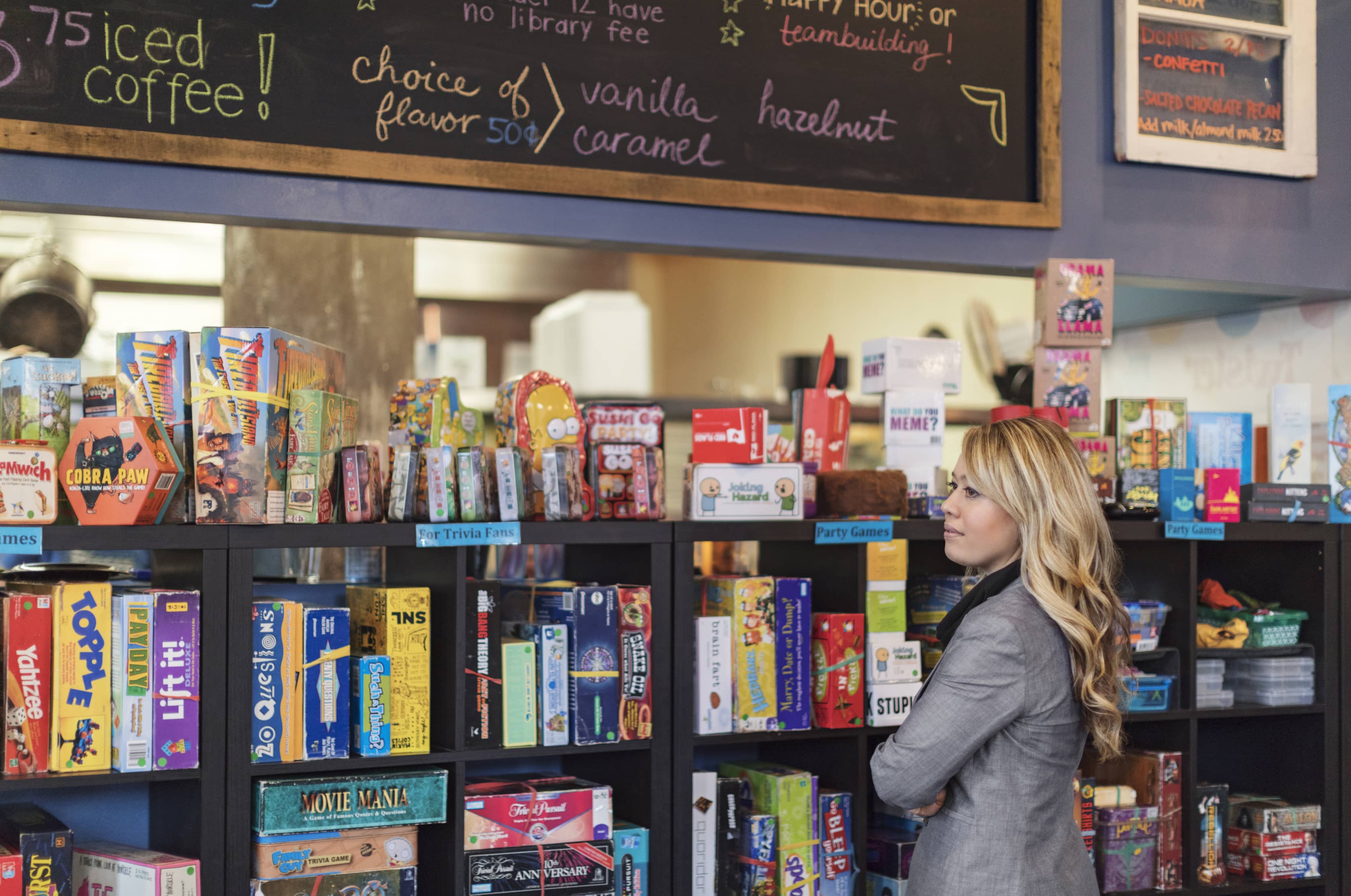
Laura Leister, owner of board game bar and restaurant Pieces in St. Louis, MO, launched her business with a cashless payment model, but ultimately switched to accepting cash after backlash from frustrated customers.
State by State
Where Card Is King or Cash Still Reigns
We looked at Square transactions across the U.S. to gauge which states still rely heavily on cash, and which favor card payments.
The State of the Union
Explore the map to reveal the states most reliant on cash and those most partial to cards.
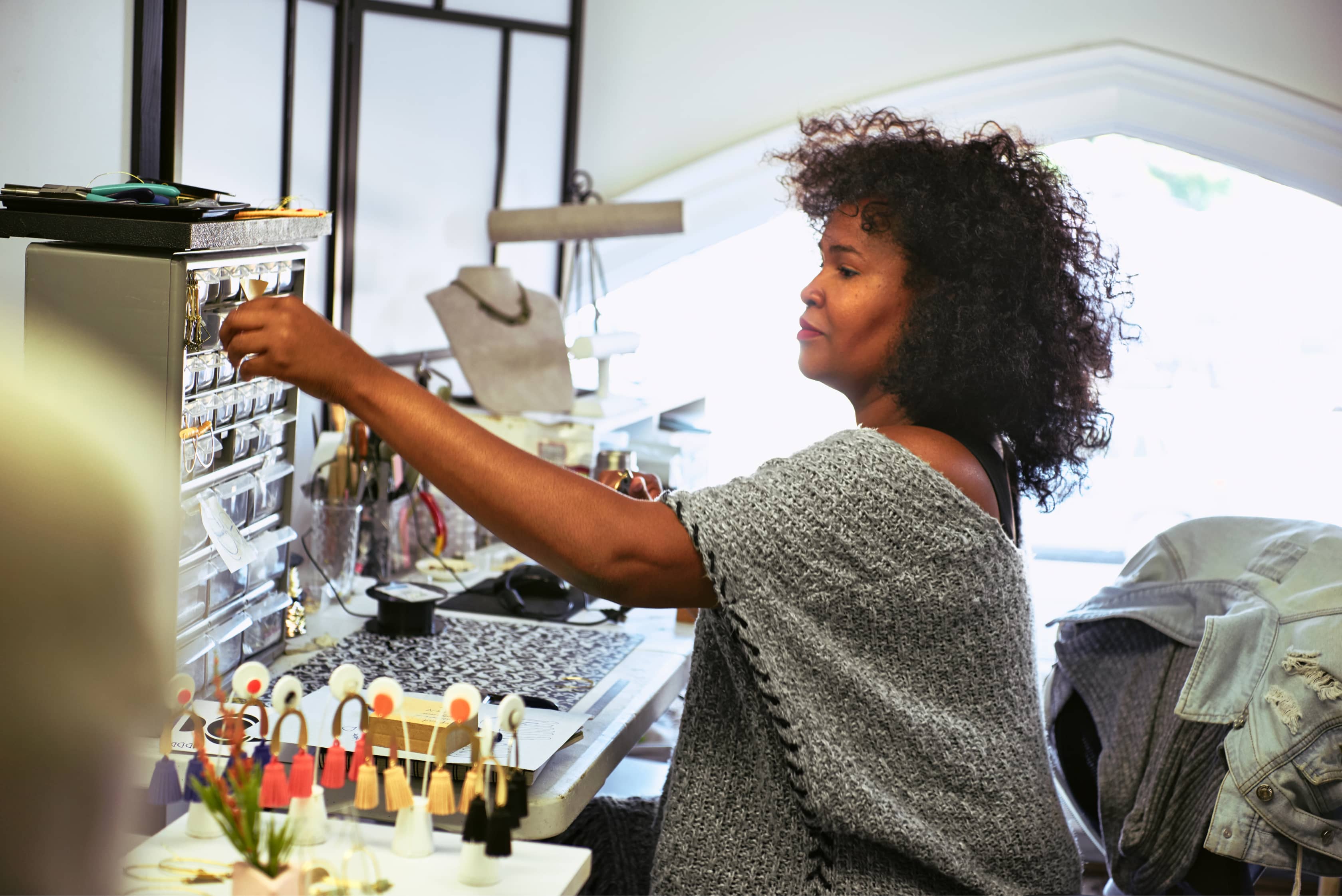
Candice Cox, who owns CanDid Art Accessories in Oakland, CA, says while 95% of her sales are on credit cards, most of her senior customers still prefer paying with cash, and she will always accept it for her handmade jewelry.
- TABLE OF CONTENTS
- Payments
- Perspectives
- Politics
- Conclusion
Perspectives
Talking Tender with America’s Business Owners
There are two sides to a coin, and many more when it comes to how business owners feel about cash versus card.
From Kenosha, WI, to Kapaʻa, HI, no two businesses are exactly alike, nor are their perspectives on what type of payment is best to accept at their business. We spoke with business owners across the country to uncover their thoughts, concerns, and frustrations with a changing payments landscape. Each business owner’s preferred payment method is tied to unique motivators: business efficiency, safety, technology, and appealing to both digital and traditional consumers.
We also wanted to better understand how business owners across the U.S. feel about recent legislation in New Jersey, Philadelphia, and San Francisco that bans cashless businesses. Would they support something similar in their own hometown?
Overall, business owners are divided on the fine line between making autonomous decisions and protecting consumers. Hear from them below.
Click on the portrait of each Seller to learn more about their perspectives.
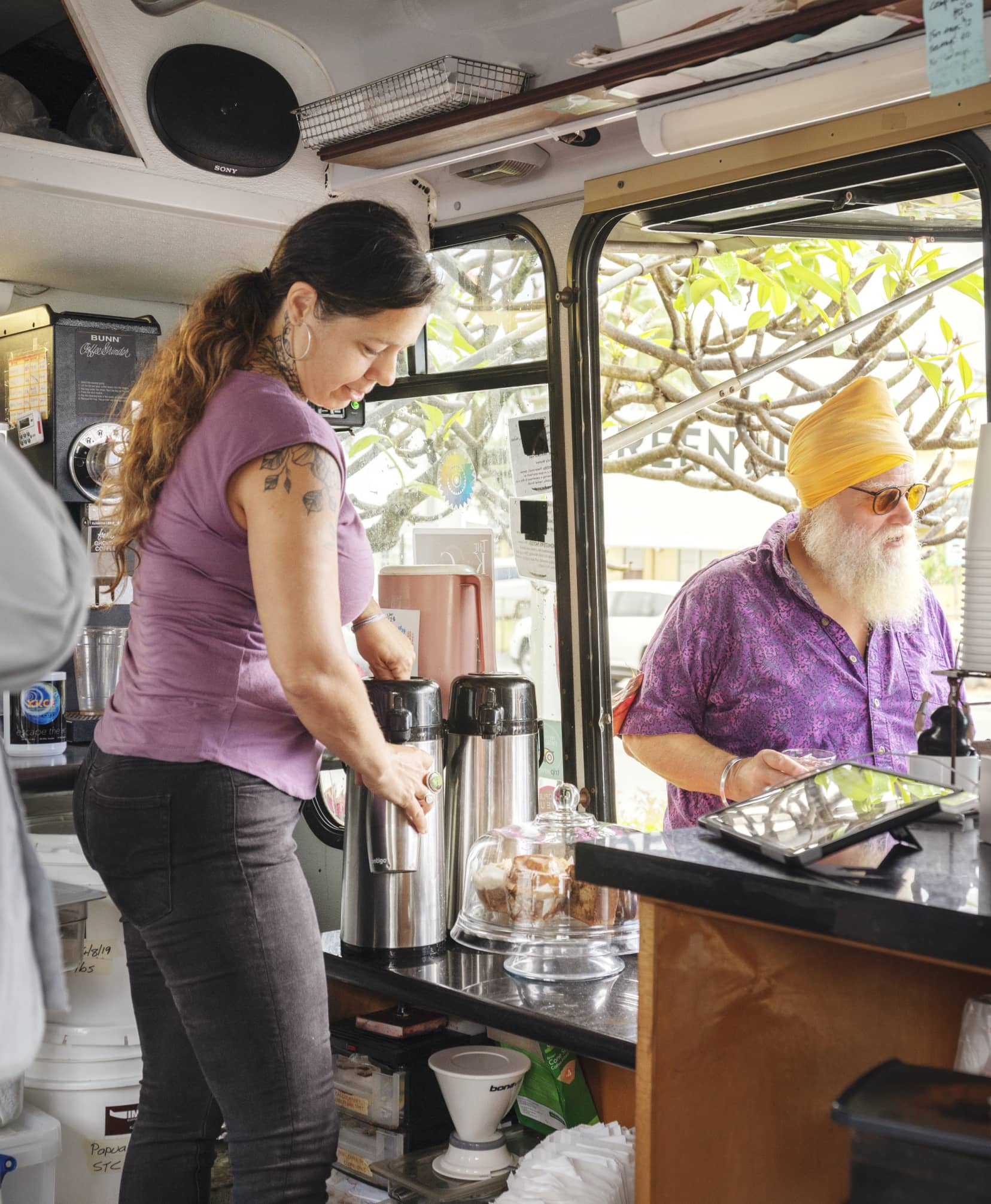
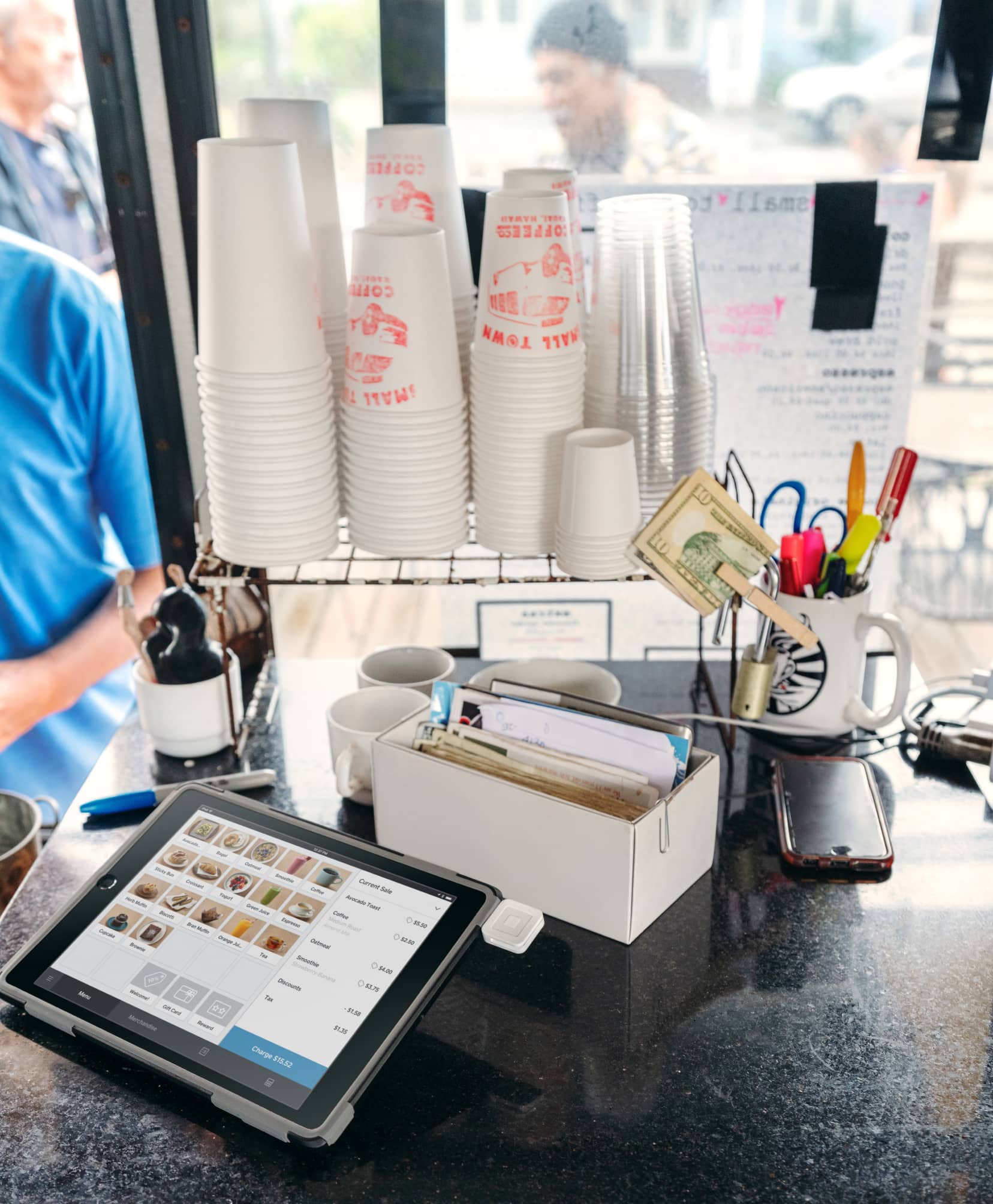
Anni Caporuscio, owner of Small Town Coffee Co., estimates that shifting to a cashless business model in her town of Kapaʻa, HI, would leave behind roughly half of her customers. She can’t fathom making such a drastic decision.
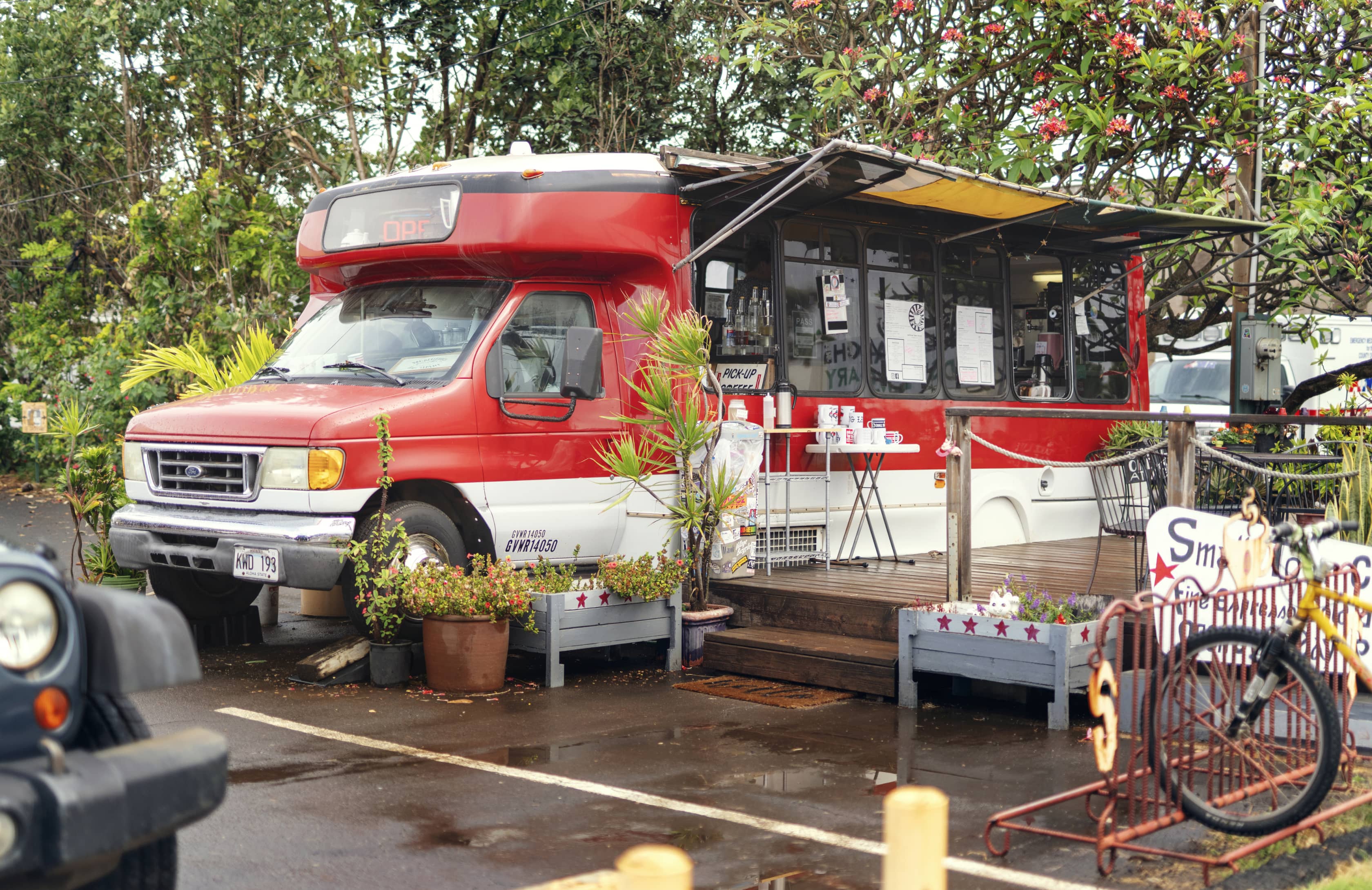
Caporuscio says most of her fellow business owners in Kapaʻa take that same approach.
Desire to Be Cashless Is the Exception, Not the Norm
We commissioned third-party data by Wakefield Research, surveying 1,000 business owners to uncover insights into how they feel about cash, regulation, and if—or when—America will ever go fully cashless.
0%
of business owners across the U.S. say they will never stop accepting cash at their business. For those who remain cash-only, the rationale is simple.
We’ve had this restaurant for 54 years, since 1966. We’re cash-only because we haven’t changed anything in this place. We aren't trying to keep up with the whole internet and millennial thing. We’re trying to keep it where it’s at.”
-Fadi Shawa
Owner of Sam’s Pizza and Burgers, San Francisco, CA
The majority of business owners are skeptical of a cashless future, with 73% of business owners saying that America will never go fully cashless. Why? Customer satisfaction: Two out of three business owners say their customers would react negatively if they went to a cashless business model. This is consistent across geographies (cities, suburbs, and rural areas) as well as age groups, with only Baby Boomer business owners (54–72 years old) trending slightly higher toward expecting a negative customer reaction.
2 out of 3 business owners say they will never become cashless.

Sam’s Pizza and Burgers in San Francisco, CA, has been a cash-only establishment since 1966. Owner Fadi Shawa has no plans to change that.
Is Going Cashless Elitist?
While most business owners accept cash without question, they also support their fellow business owners’ decision to do what’s best for their own business—the majority of business owners agree that the decision to go cashless is simply strategic (56%), rather than elitist by leaving out unbanked or underbanked consumers (44%).
0%
Strategic
0%
Elitist
For Kelly Kim, cofounder and executive chef at Yellow Fever in Los Angeles, CA, going cashless was an easy decision. In 2013 she received 40% of payments in cash, which dropped to fewer than 20% by 2015. Once her bank started charging for cash deposits, it put the nail in the cash coffin.
From a practical standpoint as a business owner, not having cash simplifies my life 100%. All three of our locations are cashless. Different communities are more sensitive to it than others. At two of our locations, it’s a non-event. But at the third, we have a number of customers who are not happy. And it goes both ways. We also have people say, ‘That’s so smart.’ But for the vast majority of customers, they simply don’t care.”
-Kelly Kim
Co-Founder and Executive Chef at Yellow Fever Eats in
Los Angeles, CA
Age Denotes Cash(less) Preferences
A business owner’s age significantly influences whether they are more likely to consider cash critical or obsolete.
Generational Divide
0%
of millennial business owners (22–37 years old) plan to go cashless in the next two years.
0%
of baby boomer business owners (54–72 years old) plan to go cashless in the next two years.

Gary Thomas, owner of Keva Juice in Reno, NV, believes that cash will one day be obsolete. But for now, he’s meeting his customers on their terms.
- TABLE OF CONTENTS
- Payments
- Perspectives
- Politics
- Conclusion
Cashless (R)evolution
Cashless Revolution
Exploring the political and socio-economic consequences of a cashless society
From New York to San Francisco, the cashless conversation is controversial, particularly when it comes to unbanked or underbanked (those without a bank account, or who have an account but still use financial services outside the banking system) individuals who may be excluded from cash-free establishments. Below, experts help explain the impact of a cashless society on this overlooked population.
—Shelle Santana
Professor, Harvard Business School
According to the 2017 FDIC National Survey of Unbanked and Underbanked Households, 6.5% of Americans are unbanked and18.7% are underbanked. In short, this means they would be excluded from a cashless society, since they rely heavily on cash, either by choice or force. Here, we take a closer look at how U.S. Census income data correlates with cash and card usage at Square businesses across five New York City boroughs, where legislation has been proposed that would compel restaurant and retail businesses to accept cash.
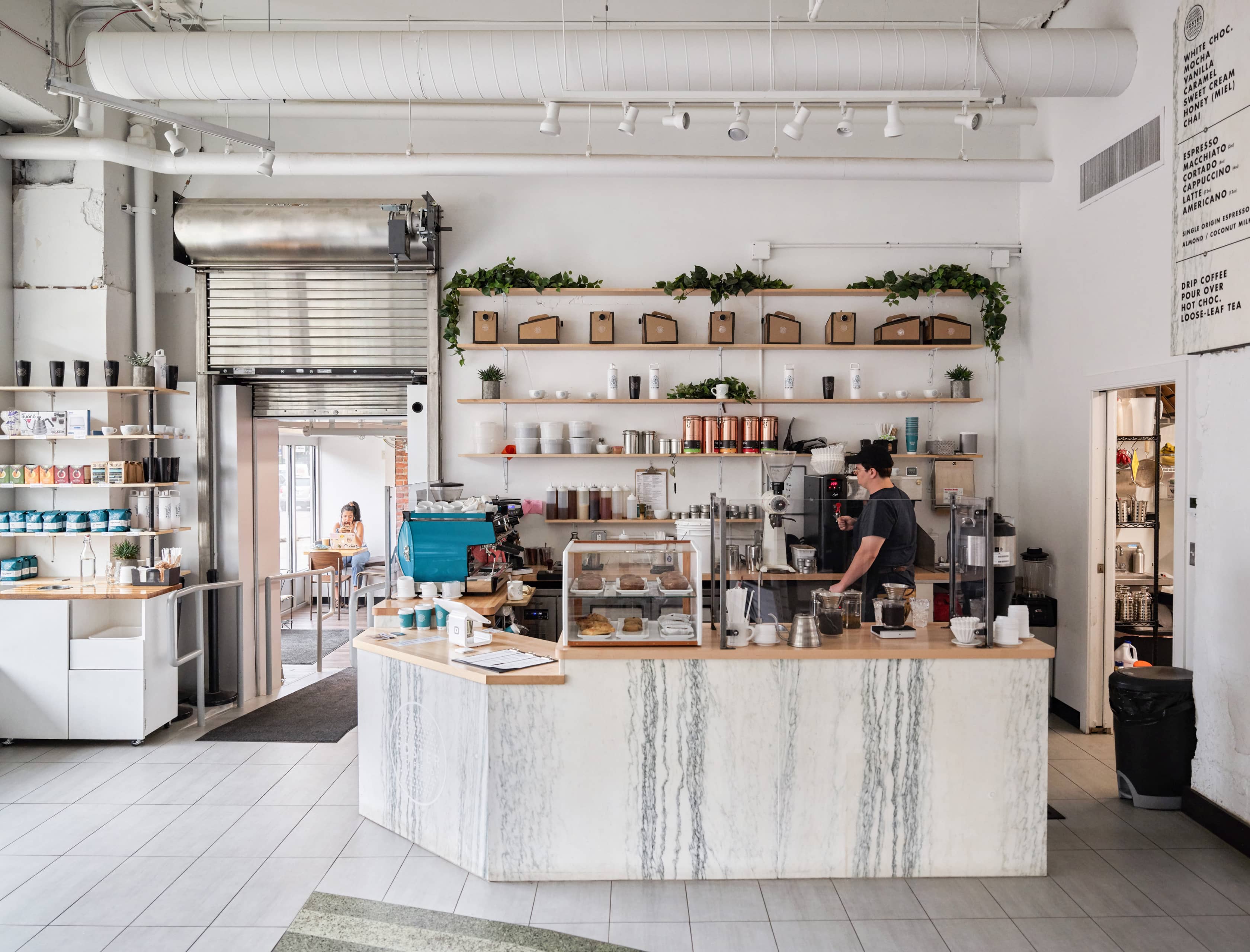
Nicholas Pidek, owner of Foster Coffee in Flint, MI, wants to best serve his socioeconomically diverse community, and that means accepting any kind of payment that comes across the counter. He believes Michigan is far away from embracing cashless.
A Tale of Five Boroughs
A closer look at New York City transaction data reveals a correlation between median household income and reliance on cash. For the most part, lower median income translates to increased cash usage. The one outlier? Staten Island. This is the only borough that bucks the trend, which we attribute to the unique geography (isolated from the rest of New York) and demographic makeup (slightly older median age) of the borough.
Borough Breakdown
Click a borough to better understand how income level (based on U.S. Census Bureau data, 2012-2016) corresponds with cash and card usage.
The Takeaway
When we shared this data with NYC Council Member Ritchie Torres, he said it highlights the extreme disparity that exists amongst New Yorkers.
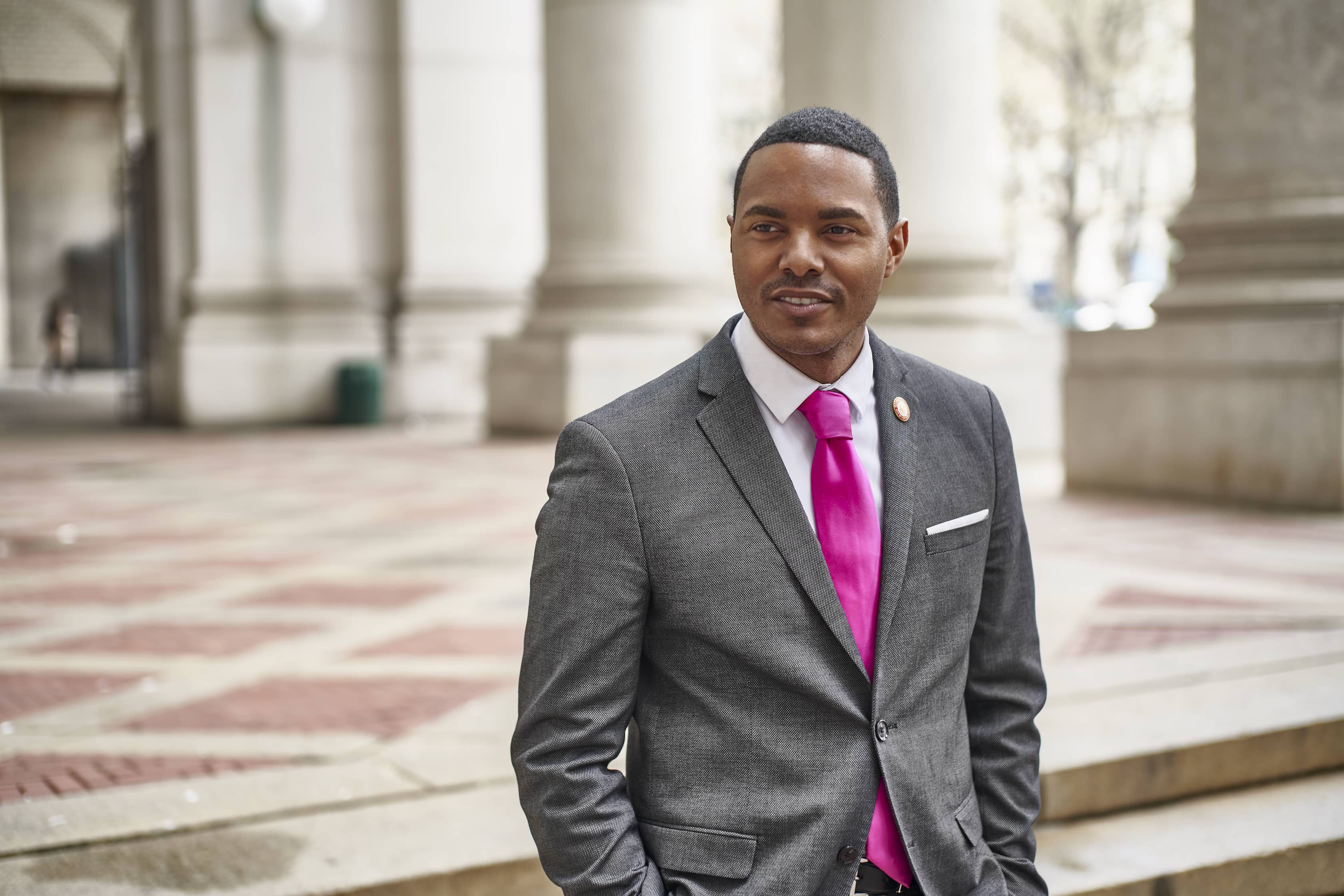
Council Member Torres
In early 2019, NYC Council Member Ritchie Torres, who represents the Central Bronx, formally introduced legislation that would require every restaurant and retail establishment in NYC to accept cash. According to the FDIC, nearly 8.4 million U.S. households do not have a bank account, presumably relying on cash for daily purchases. In NYC, 25% of residents are underbanked; in the Bronx, that number rises to 30%. As Torres sees it, "Even if a cashless business model appears to be neutral on paper, it has a real-world exclusionary effect."
Local Regulation Leaves Business Divided
According to new third-party data by Wakefield Research, commissioned by Square, business owners across the country are split on the idea of local leaders banning cashless businesses.
51% of business owners would support a regulatory requirement that they accept cash; 49% would oppose it.

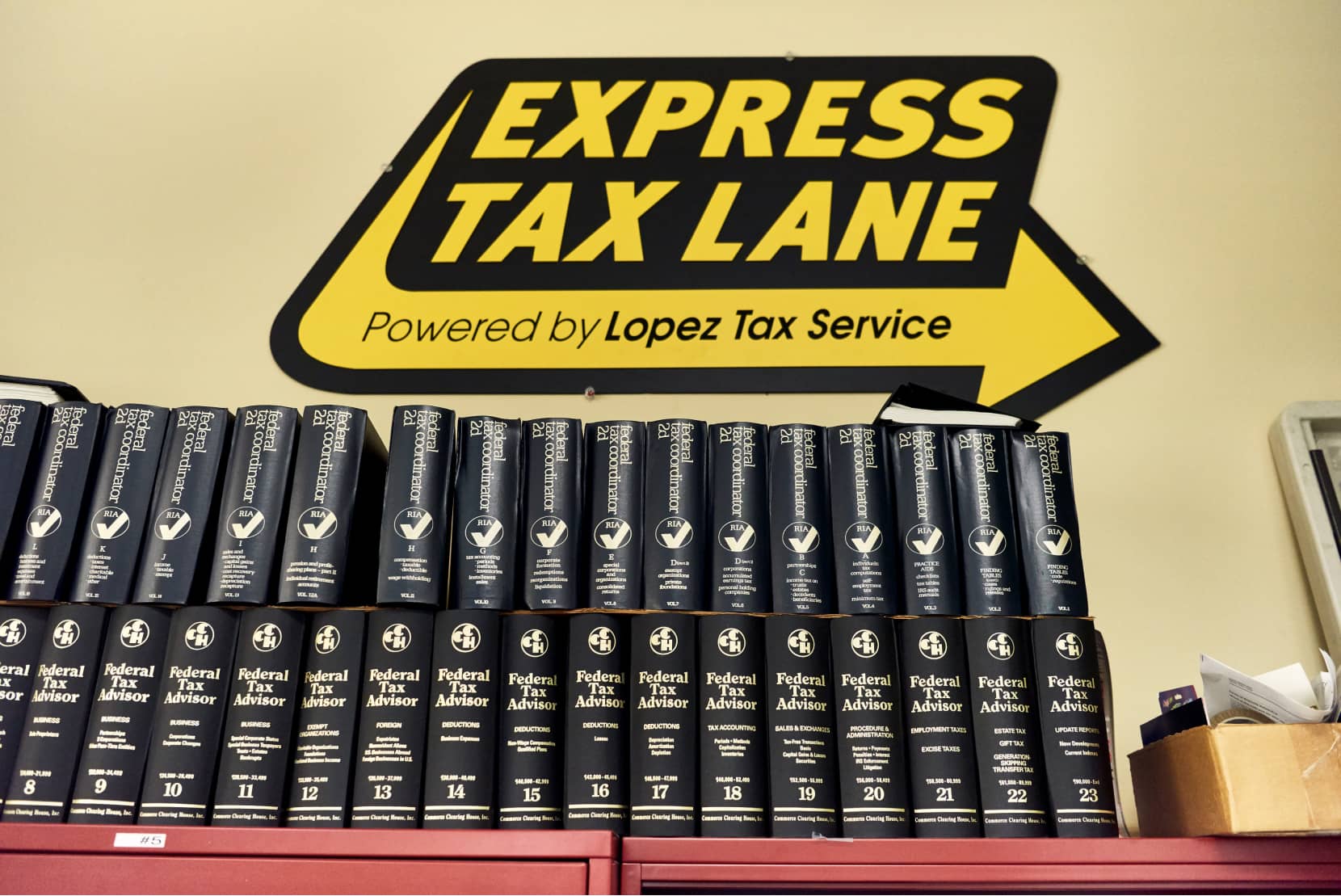
Carlos Lopez, who owns Lopez Tax Service in Salinas, CA, says it’s important that he continue to collect cash for the 40% of his customers who are classified as low income and prefer to pay with cash.
- TABLE OF CONTENTS
- Payments
- Perspectives
- Politics
- Conclusion
The Legislation and Looking Forward
Who has proposed (or passed) cashless business bans?
Over the last year, proposals for cashless business bans have spread from New Jersey to Washington, D.C., to San Francisco, with fines that range from $500 to $5,000 for business owners who don’t comply. Now, bills have also been proposed in Congress that would require businesses across the country to accept cash.
LEGISLATION LANDSCAPE
Here are the cities and states that have proposed legislation banning cashless restaurants and retailers (as of May 2019), including the local card-to-cash ratio based on Square payment data.
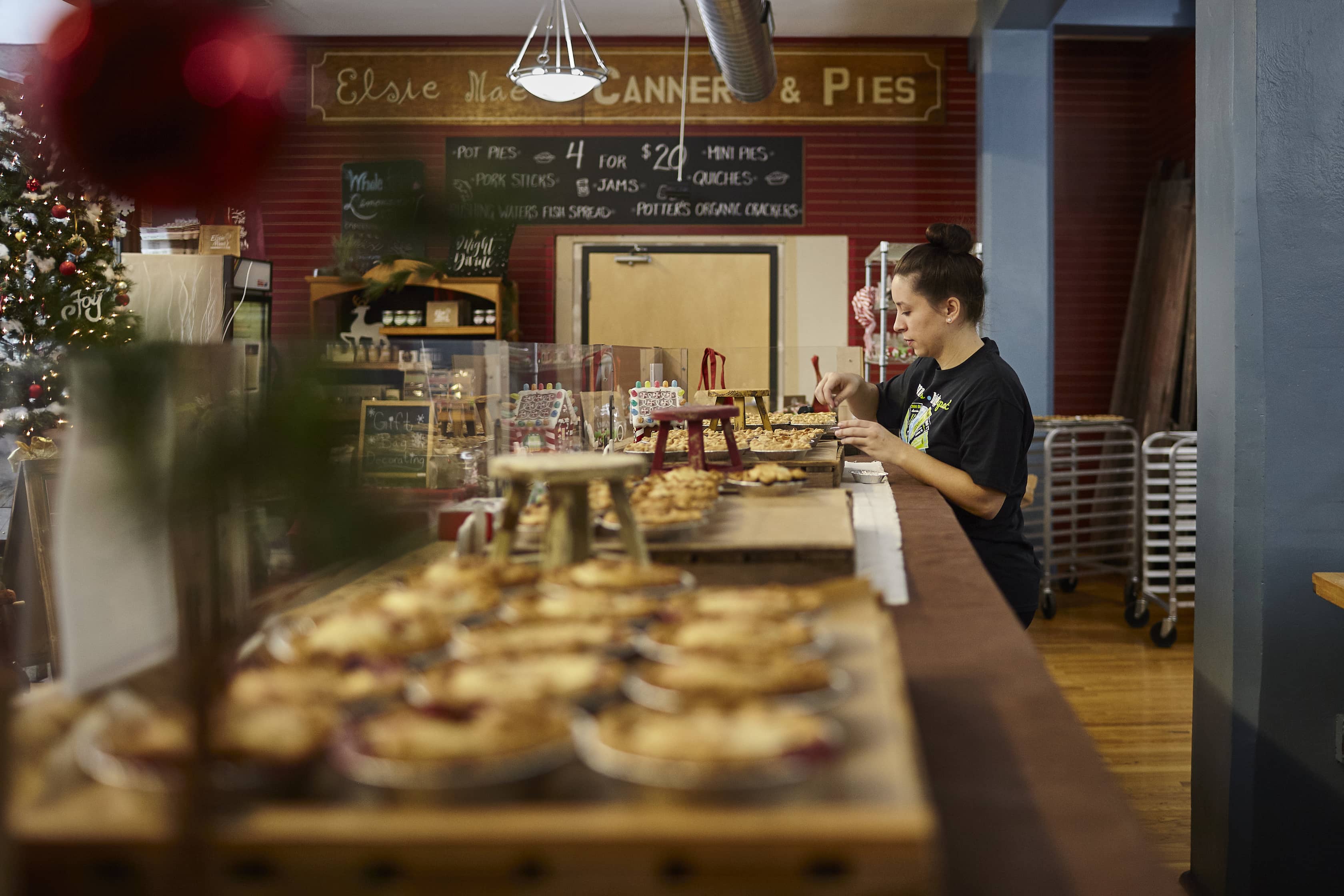
Kelly (not pictured), the owner of Elsie Mae’s Cannery and Pies in Kenosha, WI, says most of her customers are heavily reliant on cash and often surprised that she accepts credit cards at all. She believes that the U.S. will never be a fully cashless society.
Cents and Sensibility
As the company that made it easy to accept credit cards, one would think Square would be the loudest advocate for a cashless economy. We’re not.
The first integration we ever launched for our point of sale was connectivity with a physical cash drawer, because we want business owners to be able to accept whatever form of payment comes across the counter. A Square seller should never miss a sale, which is why we’ve made it easy for sellers to accept cards, swipes, chips, taps, mobile payments, and yes, cash.
We learned a lot in our exploration of how business owners view the changing payments landscape, and one thing stood out above all: Today, a decade after Square started, cash is still an integral part of a business owner’s income, and an overwhelming majority of business owners will continue to accept cash, despite the fact that fewer customers are using it.
Learn more
Methodology
The data for this analysis includes millions of transactions from January 2014 to March 2019 from nearly 100,000 Square sellers across the U.S. who have accepted a minimum threshold of cash and card payments. We supplemented Square transaction data with self-reported survey data from a random sample of 2,400 sellers in March 2019.
In addition to Square seller metrics, Square commissioned a survey in March 2019 of 1,000 U.S. business owners (excluding franchise owners), conducted by Wakefield Research. Quotas have been set for ~80% urban respondents. The business owners surveyed represent a payment-processor-agnostic cohort, not limited to Square.



